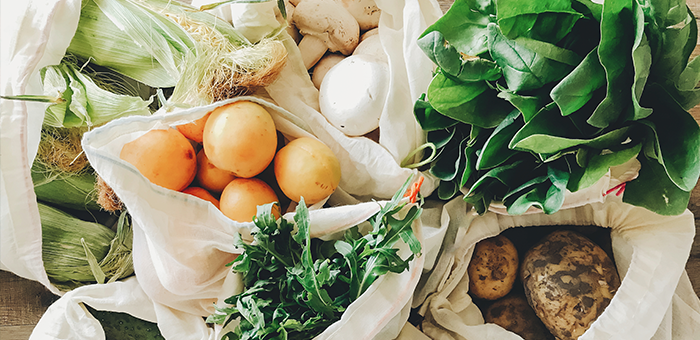The Dirty Dozen and The Clean Fifteen
 If you’ve read the blog posts on Organic Food for Sustainability, Problems with Pesticides and Reasons to Go Organic you’ll be keen to know how to get started with eating organically.
If you’ve read the blog posts on Organic Food for Sustainability, Problems with Pesticides and Reasons to Go Organic you’ll be keen to know how to get started with eating organically.
If you can’t afford to buy everything organic it’s worth knowing which foods are the worst contaminated and which aren’t so bad if they are not organic. The Environmental Working Group in the USA has identified the Dirty Dozen – the worse contaminated fruits and vegetables, and the Clean Fifteen – the least contaminated. Although these lists represent food sold in the USA it’s likely to be a similar story in the UK and Europe.
Below these 2 lists are 7 tips for eating organically without breaking the bank.
The Dirty Dozen
1. Strawberries
2. Spinach
3. Nectarines
4. Apples
5. Peaches
6. Pears
7. Cherries
8. Grapes
9. Celery
10. Tomatoes
11. Peppers
12. Potatoes
The Clean Fifteen
1. Sweetcorn
2. Avocados
3. Pineapples
4. Cabbages
5. Onions
6. Peas
7. Papaya
8. Asparagus
9. Mangos
10. Aubergines
11. Honeydew melons
12. Kiwi fruit
13. Cantaloupe melons
14. Cauliflower
15. Grapefruit
How to Increase Organic Foods in Your Diet without Breaking the Bank
1. Grow your own fruit, vegetables and herbs. You can grow herbs and sprouts on your windowsill if you don’t have a garden.
2. Farmer’s markets, health food shops, box schemes, farm shops and pick your own are worth investigating.
3. Choose locally grown, seasonal foods.
4. If you buy organic meat use every part of it. The skin and bones can be used to make a nutritious stock along with the vegetable peelings and leaves that you would otherwise discard.
5. Eat less meat and buy better quality. Reduce portion sizes and eat it less often. Make pulses and vegetables the bulk of the meal.
6. Supermarkets sometimes have offers on organic fruit and vegetables so be flexible and buy what’s on offer at a good price.
7. Frozen organic foods may be less expensive.